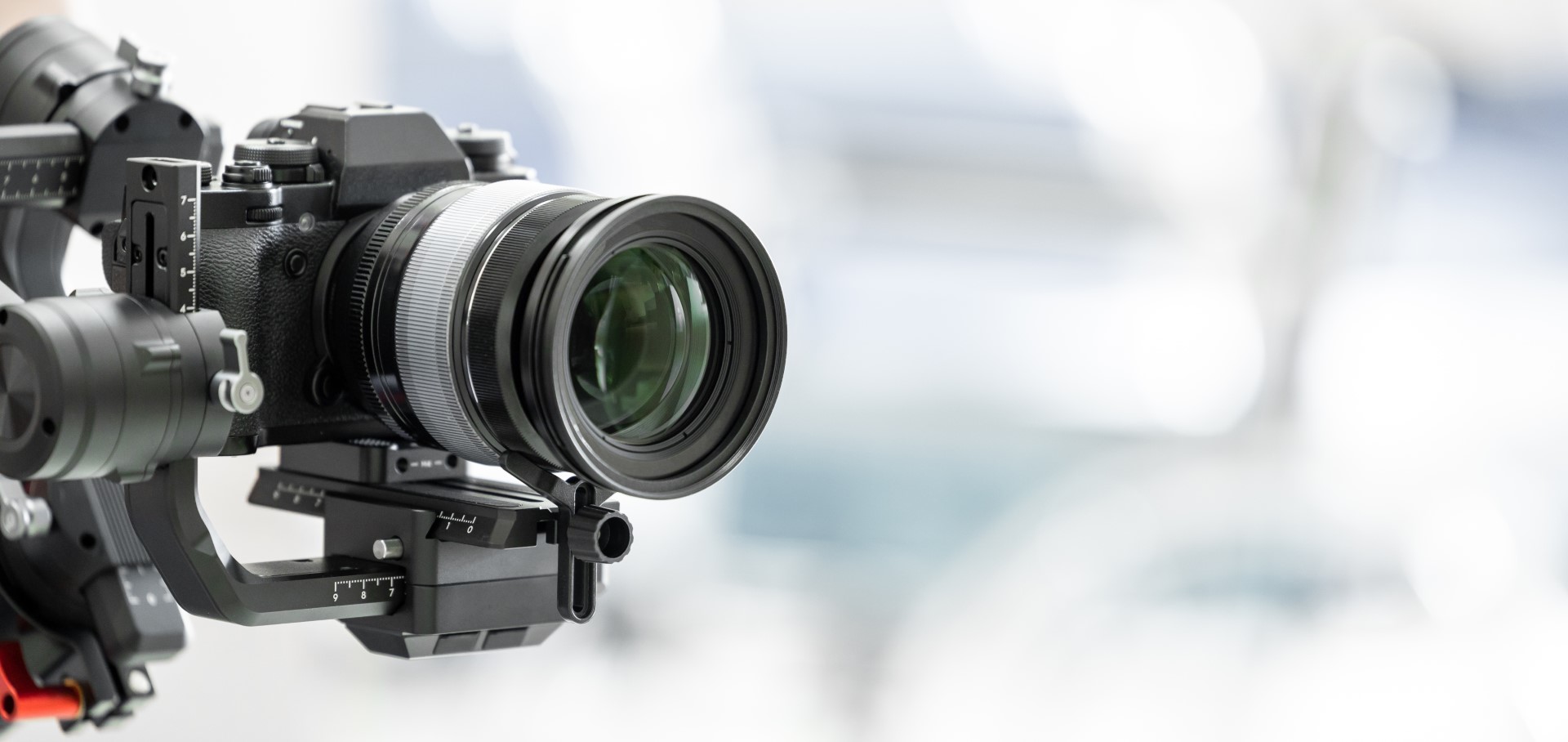Introduction:
In the world of real estate, high-quality images and videos play a crucial role in making properties stand out in listings and capturing the attention of potential buyers or renters. A skilled photographer or videographer with the right equipment can highlight a home or commercial space’s best features and help viewers visualize themselves in the space. Choosing the proper gear is essential to producing professional-quality images and video that showcase a property in the best light. This guide will help you navigate the vast range of equipment on the market and select the right tools for outstanding real estate photography and videography.
1. Camera
When it comes to selecting the right camera for real estate photography and videography, choosing one that meets your specific needs and budget is essential. Generally, it’s advisable to opt for a DSLR or a mirrorless camera, as they offer interchangeable lenses and manual controls for greater creative flexibility.
Key factors to consider while choosing a camera:
- Sensor size: A full-frame sensor typically produces better image quality and performs better in low-light situations.
- Resolution: A camera with a high-resolution sensor (20+ megapixels) ensures clear, detailed images that look professional.
- Video capabilities: For videography, look for a camera that can capture high-definition or 4K video.
Some popular camera models for real estate photography and videography include the Nikon D850, Canon EOS 5D Mark IV, and Sony A7R III.
2. Lens
For real estate photography, a wide-angle lens is a must. This type of lens allows you to capture more of the room in a single frame, making spaces appear larger and more open. A focal length of 14-24mm is ideal for most property shots.
Popular wide-angle lenses for real estate photography include the Nikon AF-S NIKKOR 14-24mm f/2.8G ED, Canon EF 16-35mm f/2.8L III USM, and the Sony FE 16-35mm f/2.8 GM. It’s also worth considering investing in a tilt-shift lens, which allows you to correct distortion caused by converging vertical lines in your images, resulting in more professional-looking photos.
3. Tripod
A sturdy tripod is essential for ensuring sharp, blur-free images and steady video footage. Look for a tripod that is not only strong and durable but also lightweight for easy transport between locations. A tripod with adjustable legs and a ball head will provide flexibility for composing shots at various heights and angles.
Popular tripods for real estate photography and videography include the Manfrotto MT055CXPRO3 Carbon Fiber Tripod, Benro TMA28A Series 2 Mach3 Aluminum Tripod, and the Vanguard Alta Pro 263AB 100 Aluminum Tripod.
4. Video Camera
If you’re primarily focused on videography, investing in a dedicated video camera might be a wise choice. Video cameras often have better image stabilization, longer recording times, and more robust video controls than DSLR or mirrorless cameras.
Popular video cameras for real estate videography include the Panasonic HC-X1 4K Ultra HD Professional Camcorder, Sony PXW-Z150, and the Canon XF305 Professional Camcorder.
5. Gimbal
A gimbal stabilizer helps create smooth, cinematic video footage for real estate walkthroughs and tours. Gimbals use a series of motors and sensors to keep your camera steady, reducing the impact of jitters and shakes from handheld filming. When choosing a gimbal, consider factors such as weight capacity, battery life, and ease of use.
Popular gimbals for real estate videography include the DJI Ronin-S, Zhiyun Crane 2, and the Moza Air 2.
6. Flash and Lighting Equipment
Proper lighting is key to capturing stunning photos and videos of a property. In many cases, natural light may not be sufficient or optimal, making artificial lighting essential. A good starting point is to invest in an external flash (also known as a speedlight) that can be attached to your camera’s hot shoe or used off-camera with a wireless trigger. External flashes provide more power and versatility than built-in camera flashes.
In addition to an external flash, consider investing in light stands, umbrellas, and softboxes to diffuse and control the light for more professional results. These lighting accessories help you create a balanced and natural look, avoiding unappealing harsh shadows.
Popular flashes for real estate photography include the Nikon SB-910, Canon Speedlite 600EX II-RT, and the Godox V860II.
7. Remote Shutter Release
A remote shutter release is an inexpensive yet valuable accessory when it comes to real estate photography. It allows you to trigger the camera’s shutter without physically touching the camera, reducing the risk of camera shake for sharper images. You can opt for a wired or wireless remote, depending on your preference.
Popular remote shutter releases include the Vello Wireless ShutterBoss, Canon RS-80N3, and the Nikon MC-30A.
8. Editing Software
Once you have captured your images and video footage, post-processing plays a crucial role in presenting the property in its best light. Investing in high-quality editing software will allow you to correct color imbalances, enhance contrast, and adjust exposure, among other improvements.
Popular editing software choices for real estate photography include Adobe Lightroom for image processing and Adobe Photoshop for more advanced editing, such as removing unwanted objects or merging multiple images. For videography, Adobe Premiere Pro or Final Cut Pro X are popular video editing programs for creating professional-grade videos with smooth transitions, color correction, and more.
9. Backup Equipment and Storage
When working on a property shoot, it’s essential to have backup gear and ample storage for your files. A dead battery or full memory card can interrupt your shoot and cause delays. Always carry extra batteries, memory cards, and even a backup camera and flash if possible. Additionally, protecting and storing your digital files on external hard drives or cloud-based storage solutions will ensure they are safe from potential loss or damage from hardware failure.
10. Ongoing Education and Networking
Real estate photography and videography are constantly evolving fields that require photographers and videographers to grow and adapt to new technologies, techniques, and industry standards. Investing in workshops, online courses, and books can help you expand your knowledge and stay competitive in the market.
Networking with fellow professionals, such as joining local or online photography clubs, can help you exchange ideas, learn from others’ experiences, and stay up-to-date on the latest trends in the industry. Additionally, attending industry events and connecting with real estate agents, interior designers, and architects can help establish relationships that lead to potential referrals and collaborations.
In Conclusion:
Investing in the right equipment for real estate photography and videography can make all the difference in the quality of your work and, ultimately, the success of your listings. Be sure to select tools that suit your needs and budget, and don’t forget to hone your skills through practice and education to truly make the most of your gear. With the right combination of technical knowledge and quality equipment, you can create stunning visuals that help properties stand out and attract potential buyers and renters.
Choosing the right equipment for real estate photography and videography is only part of the equation for success. Dedication to continuous learning, networking, and honing your skills will distinguish you as a talented professional who consistently delivers exceptional visuals for clients in today’s competitive real estate market.

BIG PICTURE 360 IS A PHOTOGRAPHY
Learn more about our real estate photography, virtual tours, and drone photography services. Get an instant photography services quote.

